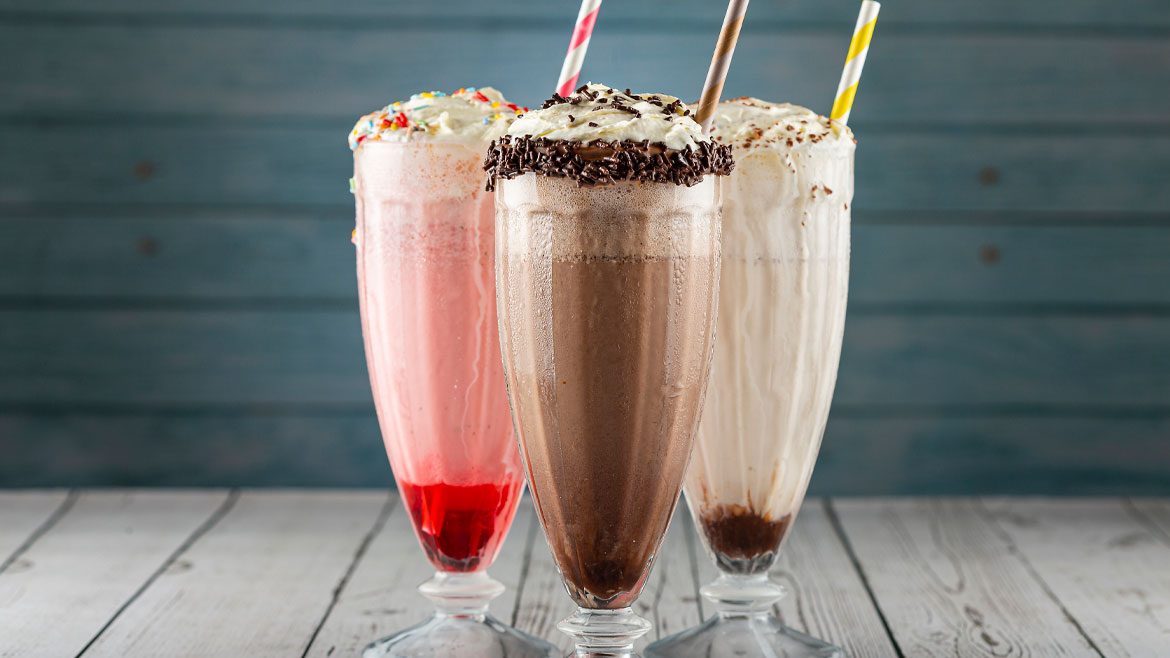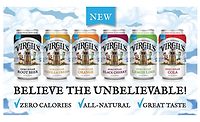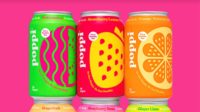2025 Soft Drink Report: Carbonated soft drink market harnesses functional beverage trends
Flavor innovation, functional solutions key drivers in CSD market

Image courtesy of Spindrift; Soda icon by bsd studio/iStock / Getty Images Plus via Getty Images
The old adage “imitation is the sincerest form of flattery” is referenced as meaning that copying someone’s behavior is seen as a sign of admiration, essentially giving them a compliment through imitation.
Within the beverage space, where innovation coincides with consumer trends, brands often emulate each other based on what is trending upward. And the carbonated soft drink (CSD) market being no different. As such, the market is shifting as consumer demand for “better-for-you options” is on the rise, experts note.
“It’s certainly been an interesting year for the U.S. carbonated soft drink (CSD) market,” says Mitch Madoff, head of retail partnerships at Keychain, New York. “Brands like Olipop and poppi have completely shaken up the market by taking advantage of the notable rise in demand for ‘better-for-you’ options.
“Nothing is more indicative of this than the fact that traditional brands like PepsiCo and Coca-Cola are even launching their own prebiotic sodas this spring,” he continues. “Brands are recognizing that social media and influencers are driving demand for functional benefits, making it a space they can’t afford to ignore.”
PepsiCo took its next step into the prebiotic carbonated soft drink market when it recently announced it has entered into a definitive agreement to acquire poppi, Austin, Texas, for $1.95 billion, including $300 million of anticipated cash tax benefits for a net purchase price of $1.65 billion. The transaction also includes an additional potential earnout consideration subject to the achievement of certain performance milestones within a specified period after closing of the transaction.
“We’ve been evolving our food and beverage portfolio over many years, including by innovating with our brands in new spaces and through disciplined, strategic acquisitions that enable us to offer more positive choices to our consumers,” said Ramon Laguarta, chairman and CEO at PepsiCo, in a statement. “More than ever, consumers are looking for convenient and great-tasting options that fit their lifestyles and respond to their growing interest in health and wellness. poppi is a great complement to our portfolio transformation efforts to meet these needs.”
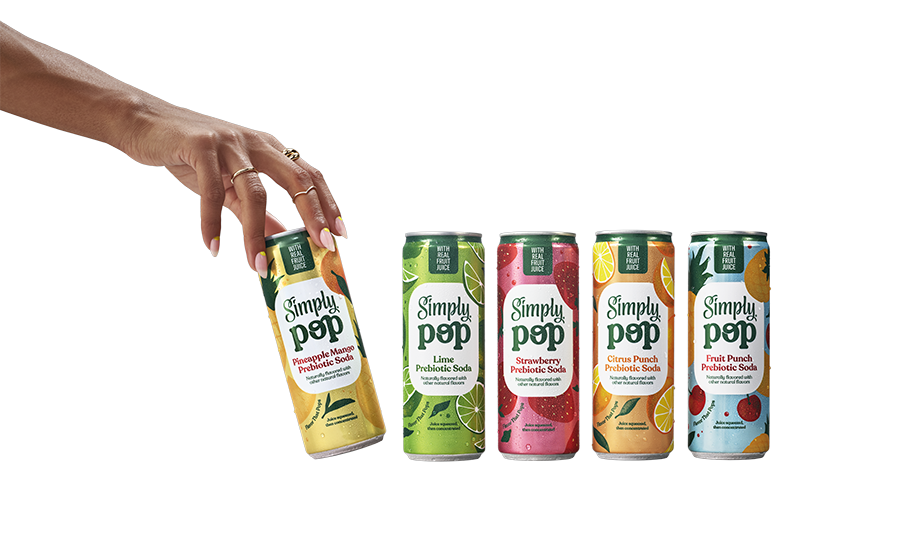
Paige Leyden, director of Americas food and drink at Mintel, Chicago, notes that the U.S. carbonated soft drink (CSD) market has grown over the past year but at a slower pace than in prior years.
“The market size is estimated at $55.2 billion in 2024, up 5.1% since 2023, compared to a 9.1% increase from 2022-23,” she says. “The market’s steady growth is driven by strong consumer demand, innovative flavors, and the enduring appeal of established brands.”
Gary Hemphill, managing director of research at Beverage Marketing Corporation (BMC), Wintersville, Ohio, notes that overall volume also has remained sluggish but improved slightly over 2023 thanks to a slowdown in inflation.
As far as functional trends influencing the market, Hemphill says, healthier products with functional benefits are grabbing consumer interest.
“The idea to make CSDs healthier by adding functional benefits is relatively new to the category but seems promising based on the success of some of the prebiotic products,” he explains.
Keychain’s Madoff, meanwhile, considers functional trends to have completely changed the game for CSDs.
“Consumers aren’t just looking for a good-tasting drink, they want added benefits like prebiotics, antioxidants or adaptogens,” he says. “This demand has fueled the rise of functional sodas, which blend gut health benefits with classic soda flavors. While this trend is still in its early stages, it’s clear to see that the market is shifting in this direction, and there’s a ton of room for growth.”
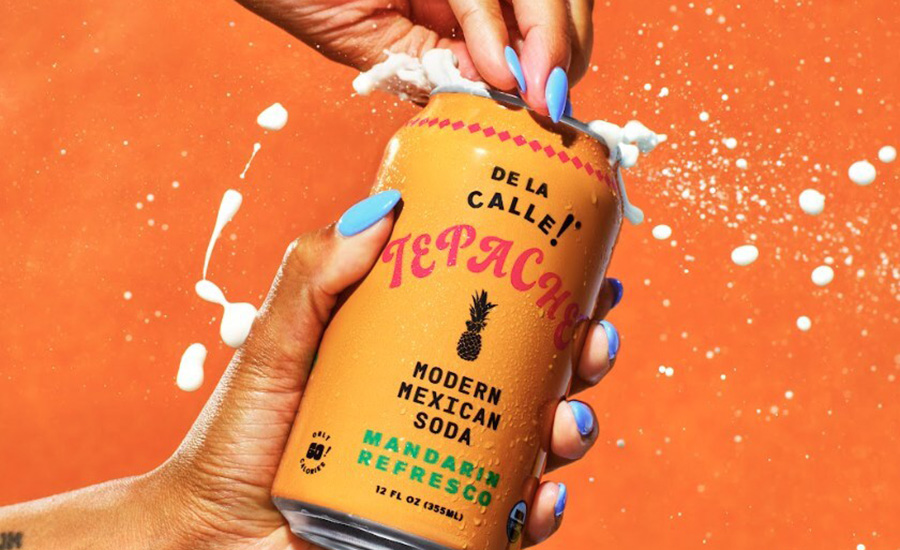
Mintel’s Leyden also notes how CSDs with added functional benefits are capturing consumer interest — having a notable impact on the market.
“About 32% of consumers express interest in functional CSD innovations, and 58% are willing to pay more for healthier alternatives,” she says. “These consumer preferences enable both established brands (e.g. Simply Pop from Coca-Cola) and emerging brands to explore ‘better-for-you’ recipes and incorporate functional ingredients like prebiotics and probiotics, which are associated with digestive health.”
Switching things up
With prebiotic sodas emerging on the scene, overall, experts consider this segment promising due to their ability to offer gut health benefits while maintaining the familiar and enjoyable experience of traditional soft drinks.
“As more consumers seek functional benefits in their beverages, prebiotic sodas are well-positioned to capture a significant share of the CSD market,” Mintel’s Leyden says. “Prebiotic sodas in particular are poised to succeed as consumers become more mindful with their alcohol consumption, too. Twenty-one percent of consumers consider functional beverages as a good alternative to alcohol, and CSDs are the top beverage consumers reach for as an alternative to alcohol.”
Keychain’s Madoff says that the potential for prebiotic sodas is “huge.”
“[S]odas like Olipop, poppi and Culture Pop are tapping into the broader gut health movement, which isn’t showing any signs of slowing down,” Madoff explains. “As I mentioned earlier, with brands like Pepsi and Coca-Cola introducing their own prebiotic options, it will be fascinating to see how consumers react to their offerings compared to new and trendy alternatives.
“These products offer a convenient and delicious way for consumers to support their digestive health, making them particularly appealing,” he continues. “We’ve seen a surge in interest from brands looking to enter this space or expand their offerings through projects posted on Keychain. As consumer awareness of gut health continues to grow, prebiotic sodas could become a mainstream staple rather than a niche product variety.”
As far as other consumer trends having an significant impact on the CSD market, Madoff points to sustainability and clean labels as two “big ones.”
“Consumers want to know where their ingredients are coming from and how they’re sourced, and they’re consistently choosing brands that can prove their sustainability credentials,” he says. “There’s also a growing interest in personalized nutrition, meaning people want products that align with their individual health goals, whether that’s gut health, immunity or energy.”
Madoff adds that younger consumers, like millennials and Gen Z, are actively seeking out “better-for-you” beverages that fit into their lifestyles without sacrificing flavor.
“Social media and influencers play a huge role here as well, and they have done an excellent job leveraging platforms like Instagram and TikTok to showcase these products as both healthy and cool,” he says.”
Mintel’s Leydon offers a similar point of view.
“The consumer trends Mintel sees having the greatest impact on the CSD market currently include an increasing focus on health and wellness (including using CSDs as an alternative to alcohol), sustainability concerns, heightened desire for flavor innovation, and influence from social media and branding,” she explains.
BMC’s Hemphill adds that functional brands as well low-sugar, low calorie options are having an impact on the market.
“New functional brands and the diet segment have been the two primary bright spots in the CSD category,” he says. “Diet CSDs have been one of the bright spots of the category as they continue to grow. Improvements in sweeteners and consumer desire for less sugar and fewer calories has helped to propel that segment.”
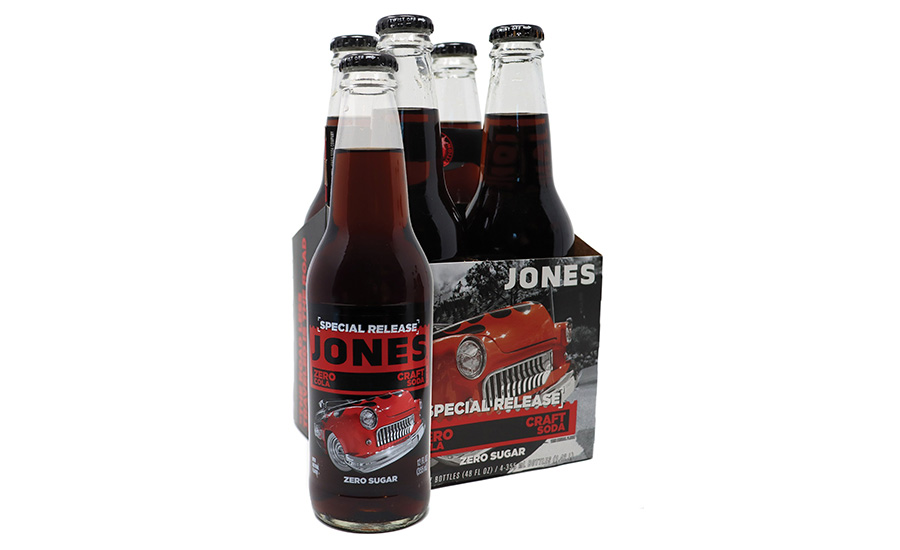
Keychain’s Madoff also notes that a shift in how consumers think about sweeteners is influencing the market.
“People are becoming more skeptical of artificial options and are gravitating toward natural alternatives like stevia, monk fruit and allulose, or just sticking to natural sugar,” he says. “We’re also seeing more brands adopt a ‘less is more’ approach, focusing on reducing sugar content without compromising taste. From what we’re seeing at Keychain, brands that are transparent about their sweetener choices and can strike a balance between flavor and health are resonating the most with consumers.”
Gaining traction
Alongside tapping into functional beverage trends, experts note that beverage-makers actively are pursuing flavor innovations to capture consumer interest.
“These efforts are crucial for maintaining consumer interest and driving growth in the CSD market,” Mintel’s Leyden says. ”Some key innovations we’re seeing currently include novel and exotic flavors (e.g. elderflower and lychee), cultural and regional inspirations (e.g. Coca-Cola K-Wave), nostalgic flavors, and limited-time and seasonal offerings.”
BMC’s Hemphill also notes that brands have grown more adventurous in flavor innovation in recent years.
“Not only has this at times boosted growth, but new flavors can bring news and excitement to the category,” he says.
Keychain’s Madoff highlights how brands are showing up with a lot of creativity to capture consumer interest.
“We’re seeing new and emerging brands do a great job at reinventing classic soda flavors like root beer and cola with a healthier twist, while traditional brands are taking more risks and experimenting with different flavors,” he says. “Mimicking traditional flavors is a great strategy when it comes to ‘better-for-you’ CSDs because it provides consumers with something familiar that they know and love, which makes it more appealing to consumers who may have otherwise been skeptical.
“At the same time, limited-edition releases and seasonal flavors are being used to test what resonates with consumers without a long-term commitment,” he continues. “This is a great strategy because it’s something that gets consumers excited in terms of exclusivity or wanting to try the latest and greatest offering from a favorite brand.”
As far as opportunities to regain market share, Madoff says it’s all about adapting to what consumers want — healthier options, natural ingredients, and functional benefits.
“Newer brands in this space have proven that there’s an appetite for prebiotic sodas that offer digestive benefits without compromising on taste,” he says. “There’s also a real opportunity in the convenience space and offering ready-to-drink formats that fit into busy lifestyles.
“Winning back consumers comes down to agility and the ability to capitalize on trends, meaning, brands that can quickly adapt to trends like gut health and immunity while clearly communicating their value proposition are in the best position to regain market share,” Madoff continues. “Social media has become a powerful indicator of demand, and brands that pay close attention to emerging product conversations and react quickly have a competitive edge.”
BMC’s Hemphill, meanwhile, suggests that CSD companies should focus on areas of growth like diets, functional ingredients, and unique flavor innovation.
The consumer trends Mintel sees having the greatest impact on the CSD market currently include an increasing focus on health and wellness (including using CSDs as an alternative to alcohol), sustainability concerns, heightened desire for flavor innovation, and influence from social media and branding.
“It’s more challenging than ever for the category to grow because of all of the competition from other products and categories that are often better positioned for what today’s consumers want,” he says.
Mintel’s Leyden believes that the CSD market has opportunities to not only regain market share, but also potentially expand by addressing consumer preferences and leveraging emerging trends.
“By focusing on sustainability initiatives, expanding consumption occasions, targeting younger consumers, and leveraging brand loyalty, the CSD market can work toward regaining its market share and meeting the evolving needs of consumers,” she explains.
What’s next
With the current CSD market shifting gears, experts highlight what the future might look like for the category.
Keychain’s Madoff predicts that the market will see a mix of nostalgia and innovation going forward.
“We’re going to see legacy brands reimagining their classics with cleaner ingredients, alongside new brands that are pushing the boundaries with functional benefits and bold flavors,” he says. “We’ll also continue to see more and more brands launch prebiotic products to keep up with demand, like Coke with Simply Pop and Pepsi with Soulboost.”
Mintel’s Leyden, meanwhile, anticipates that brands will continue their efforts to meet consumers’ evolving need states.
“The future of CSDs can be characterized by a focus on innovation, health, personalization, and sustainability as brands strive to meet the changing preferences and expectations of consumers,” she says.
BMC’s Hemphill considers the road ahead to be demanding for CSDs.
“CSDs have declined 18 out of the last 20 years; growth in the years ahead will be challenging but not impossible,” he explains.
Keychain’s Madoff believes what is crucial is for brands to look past the current trends and figure out what the “next big thing” will be.
“Whether that’s more functional beverages or something we haven’t even thought of yet, they’ll be the ones that truly thrive in the next market phase,” he says.
Madoff adds that AI and data collection will play an increasingly important role in helping brands understand consumer preferences and bring more personalized products to market.
“We’re excited to see how this category evolves, especially as consumers continue to demand more from what they drink — both in terms of health benefits and transparency,” he concludes.
Looking for a reprint of this article?
From high-res PDFs to custom plaques, order your copy today!

